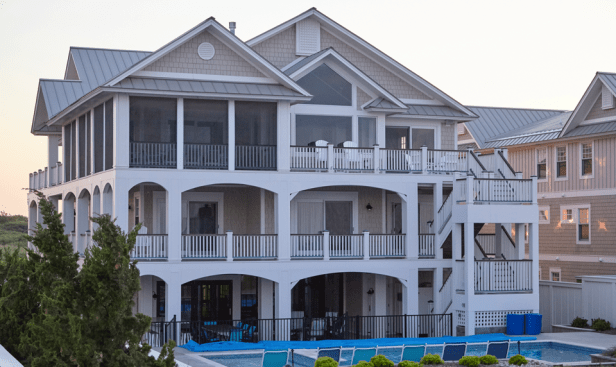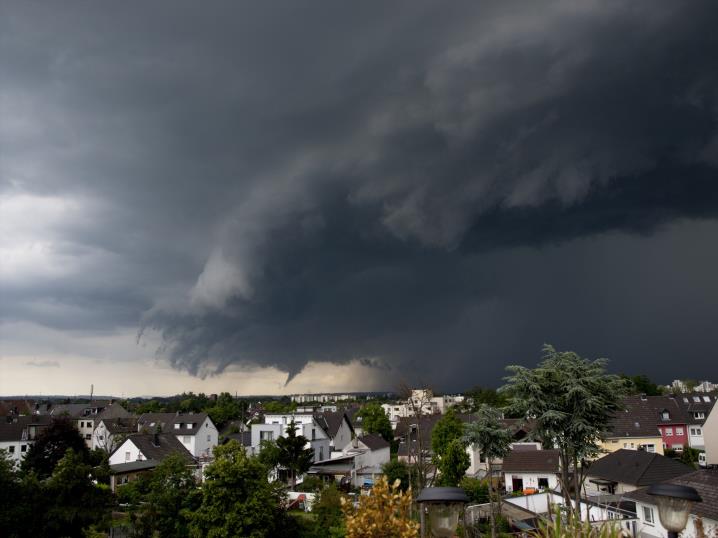Storm-related outages are a fact of life. In March 2018, a nor’easter left more than 2 million people on the East Coast without power. Hurricane Irma put out the lights for 7.6 million in September 2017. New Hampshire residents still talk about the 2008 ice storm that left two-thirds of the state’s residents in the dark, some of them for weeks.
Today, builders can create resilient homes that stand up to wind, rain, and snow, and then maintain occupant comfort for days without power. “It’s called passive survivability,” says Alex Wilson, president of the Resilient Design Institute in Brattleboro, Vt. “It’s about building homes that remain habitable if they lose power.”
Homes built with passive survivability features always include a super-efficient envelope with good insulation and air sealing and energy-efficient windows that take advantage of passive solar gain and natural ventilation. Solar panels and home batteries can further improve a home’s resilience during an outage.
Sealing the Envelope
The building envelope needs code-mandated structural features such as tie-downs to resist uplift and shear panels to keep the frame from racking in high wind zones, as well as meticulous waterproofing that includes the window manufacturer’s recommended flashing.
In areas subject to windborne debris, impact-resistant windows reduce the chance of a breach that would let wind and water through. Air pressure cycling during a hurricane can pull windows from their openings so make sure to use the clips or bolts required by the manufacturer.
After the storm passes, good insulation, careful air sealing and high R-value glass will help keep the home livable. “Passive survivability relies on the sustainable design features that have been actively promoted by the green building community,” says Wilson.
Even if the power never goes out, sustainbilty practices improve a builder’s reputation: a home with a waterproof envelope is less prone to mold and mildew. Insulation, air sealing and high-performance windows reduce monthly utility bills.

Courtesy of JELD-WEN
Resilient Design
Some builders are implementing passive survivability features in all their homes. Thrive Builders in Denver will complete more than 200 homes this year that qualify for the DOE’s Net Zero energy certification. “We’ve decided to make Zero Energy a part of the brand,” says CEO Gene Myers.
All of Thrive’s homes include solar panels and battery backup. “If there’s an outage you will still have power. One battery can carry basic lighting, a refrigerator/freezer, and the furnace or heat pumps,” says Myers. While some builders offer these as options, Thrive has made them standard equipment.
For design and planning resources for windows and doors that contribute to resilient buildings, visit JELD-WEN’s professional portal.


